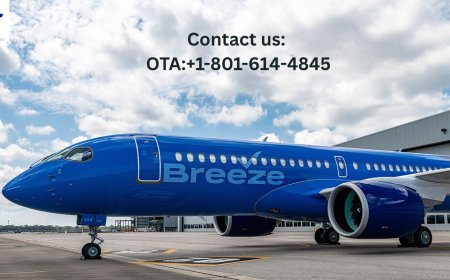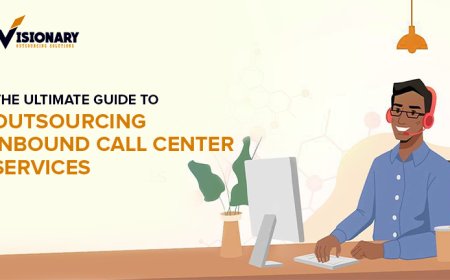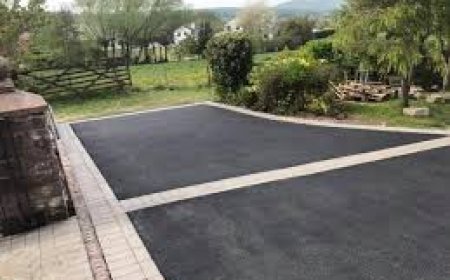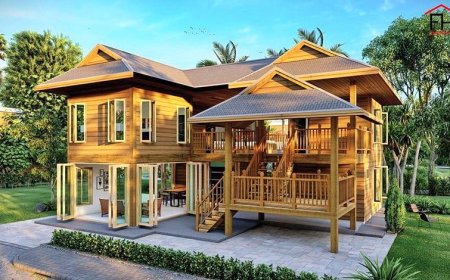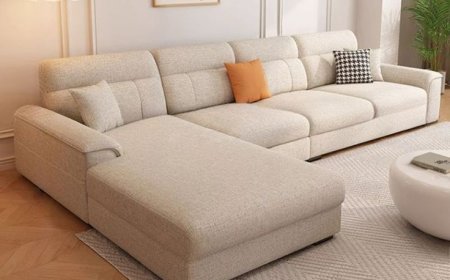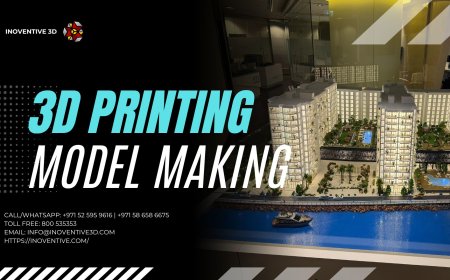Choosing the Right Conference Table Dimensions for Your Meeting Space
When designing a professional and productive meeting environment, selecting the appropriate conference table dimensions is crucial. The right size of a conference table can significantly influence the efficiency of meetings, the comfort of attendees, and the overall functionality of the room. Whether youre outfitting a small private office or a large corporate boardroom, understanding the different aspects of conference table sizes and how they relate to space, user count, and design preferences can help you make informed decisions.
Why Conference Table Dimensions Matter in Office Design
Conference rooms serve as the hub for collaborative discussions, presentations, client meetings, and brainstorming sessions. The dimensions of your table will directly affect how many people can sit comfortably, how technology can be integrated, and how well people can move around the space. If a table is too large, it can make a room feel cramped and reduce accessibility. On the other hand, a table thats too small may not provide enough space for participants, making meetings feel crowded and inefficient.
Standard conference table dimensions usually range from small 4-foot round tables to expansive 30-foot rectangular ones. Its essential to strike a balance between aesthetics, functionality, and comfort by measuring the available room size and mapping out the layout before making any purchase.
Common Conference Table Sizes and Their Seating Capacity
When planning the layout of a conference room, one of the first steps is determining the seating capacity you need. Different shapes of tablessuch as rectangular, boat-shaped, racetrack, round, or modularcan seat varying numbers of people. For instance:
-
4 to 6 feet (48 to 72): Best for small teams and compact meeting rooms. Typically seats 4 to 6 people.
-
8 feet (96): Seats around 8 people comfortably, ideal for medium-sized meeting spaces.
-
10 to 12 feet (120 to 144): Accommodates 10 to 12 people, suited for larger boardrooms.
-
16 to 20+ feet (192 to 240 and beyond): Suitable for 16 or more people, perfect for executive boardrooms or high-capacity training spaces.
While these are typical measurements, always account for individual chair width (around 24 to 30 inches per person is standard), legroom, and extra space for technology such as built-in power modules and microphones.
Factors That Influence Conference Table Dimensions
Several factors can influence your choice in conference table dimensions, and considering these can help you choose a table that maximizes both comfort and productivity:
-
Room Size and Shape: Measure your room carefully, including any obstructions like columns, windows, and doors. A good rule of thumb is to maintain at least 3 to 4 feet of clearance on all sides of the table to allow easy movement.
-
Seating Requirements: Determine the typical number of participants in your meetings. You dont want to overcrowd the table or leave large empty seats unused most of the time.
-
Technology Integration: Many modern conference tables include built-in power outlets, HDMI ports, and microphone systems. These require space beneath and within the tabletop, which can influence the final design and dimensions.
-
Table Shape: Rectangular tables are the most common and offer efficient use of space. Boat-shaped and racetrack tables add a touch of style while allowing better sightlines. Round tables foster a more intimate discussion setting, often preferred for creative or brainstorming sessions.
-
Ergonomics and Comfort: Each attendee should have enough elbow room, which typically means allocating 30 inches per person. This can vary depending on the formality and length of the meetings being held.
Space Planning for Conference Tables
Creating an efficient space around your conference table is just as important as selecting the correct dimensions. Poor space planning can result in cramped conditions, restricted movement, and a lack of visual harmony in the room. Here are a few planning tips:
-
Walkways: Maintain a minimum of 36 to 48 inches of clearance between the edge of the table and any walls or furniture. This allows for smooth circulation and ADA compliance if necessary.
-
Chair Clearance: Leave enough space for chairs to be pushed back without hitting walls or other furniture. This is particularly important in high-traffic boardrooms.
-
Technology Space: If using large monitors, projectors, or whiteboards, ensure they are visible from every seat at the table. This might impact the ideal placement and size of the conference table.
Custom vs. Standard Conference Table Dimensions
Off-the-shelf conference tables come in a wide array of standard dimensions that suit most meeting rooms. However, for companies with unique design aesthetics or unusual room layouts, custom conference tables offer greater flexibility. Custom tables allow you to specify exact dimensions, integrate branding elements, and install advanced multimedia components seamlessly.
That said, custom tables are generally more expensive and have longer lead times. For businesses on a tighter budget or timeline, selecting from standard-sized conference tables is a practical choice that doesnt compromise on quality or function.
Trends in Modern Conference Table Design
As workspaces evolve into hybrid and collaborative environments, the design of conference tables is changing too. Todays tables are more than just surfacesthey are dynamic communication hubs. Some popular trends influencing conference table dimensions include:
-
Modular tables that can be rearranged for different meeting formats.
-
Narrower profiles to better suit compact urban office spaces.
-
Integrated cable management and smart tech solutions for a clutter-free look.
-
Sustainable materials and ergonomic design for enhanced environmental and user health.
These trends show that size alone is no longer the defining factor. Functionality, adaptability, and design integration now play an equal, if not more important, role in conference room planning.
Conclusion: Get the Right Fit for Your Office Environment
Choosing the right conference table dimensions is essential for building a workspace that promotes collaboration, professionalism, and efficiency. By taking into account the number of users, room layout, and integration needs, businesses can select a table that enhances both comfort and communication. Whether you go for a standard size or a custom-built solution, prioritizing smart spatial planning will yield long-term benefits for your team and clients alike.
For companies looking for high-quality and space-conscious office solutions, office furniture offers a wide range of conference tables in various dimensions, styles, and finishes tailored to suit every business environment.



